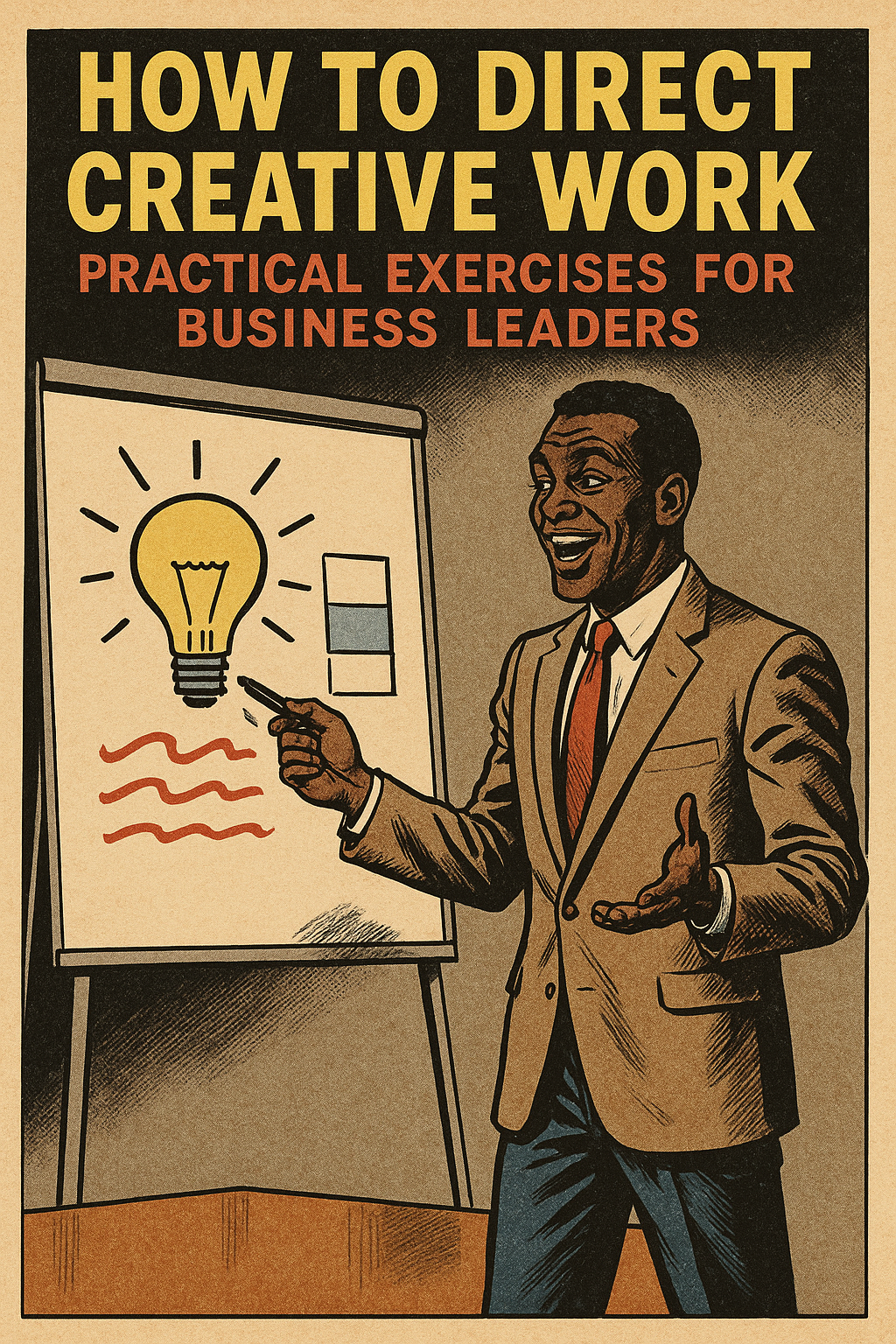Before scheduling a meeting, answer the following questions:
1. Is there a clear purpose for this discussion?
- Yes → Continue to the next question.
- No → This should be an email. Define the purpose before considering a meeting.
2. Do you have a detailed agenda outlining key points and expectations for each participant?
- Yes → Continue.
- No → Write an agenda first. If you can summarize your key points in an email, do that instead.
3. Does this require real-time discussion, collaboration, or decision-making?
- Yes → A meeting might be necessary. Continue.
- No → Send an email instead.
4. Is input from multiple people needed to resolve a complex issue?
- Yes → A meeting may be appropriate, but only if an agenda and pre-meeting materials are shared in advance.
- No → Use email or a shared document for feedback.
5. Could this be handled asynchronously (e.g., via email, a shared document, or a project management tool)?
- Yes → No meeting needed.
- No → Proceed to the next question.
6. Are you scheduling this meeting because “we always meet about this” or because it feels like the default?
- Yes → Challenge the habit. Could an email, document update, or Slack thread replace it?
- No → Continue.
7. Will everyone in the meeting have a clear role and contribute meaningfully?
- Yes → A meeting may be useful.
- No → Rethink the invite list or cancel the meeting.
Final Decision
- Mostly “Email” Answers? → Send an email instead. Be clear and concise.
- Mostly “Meeting” Answers? → Schedule it, but send a clear agenda and expectations in advance.
If there’s no agenda, there’s no meeting.








